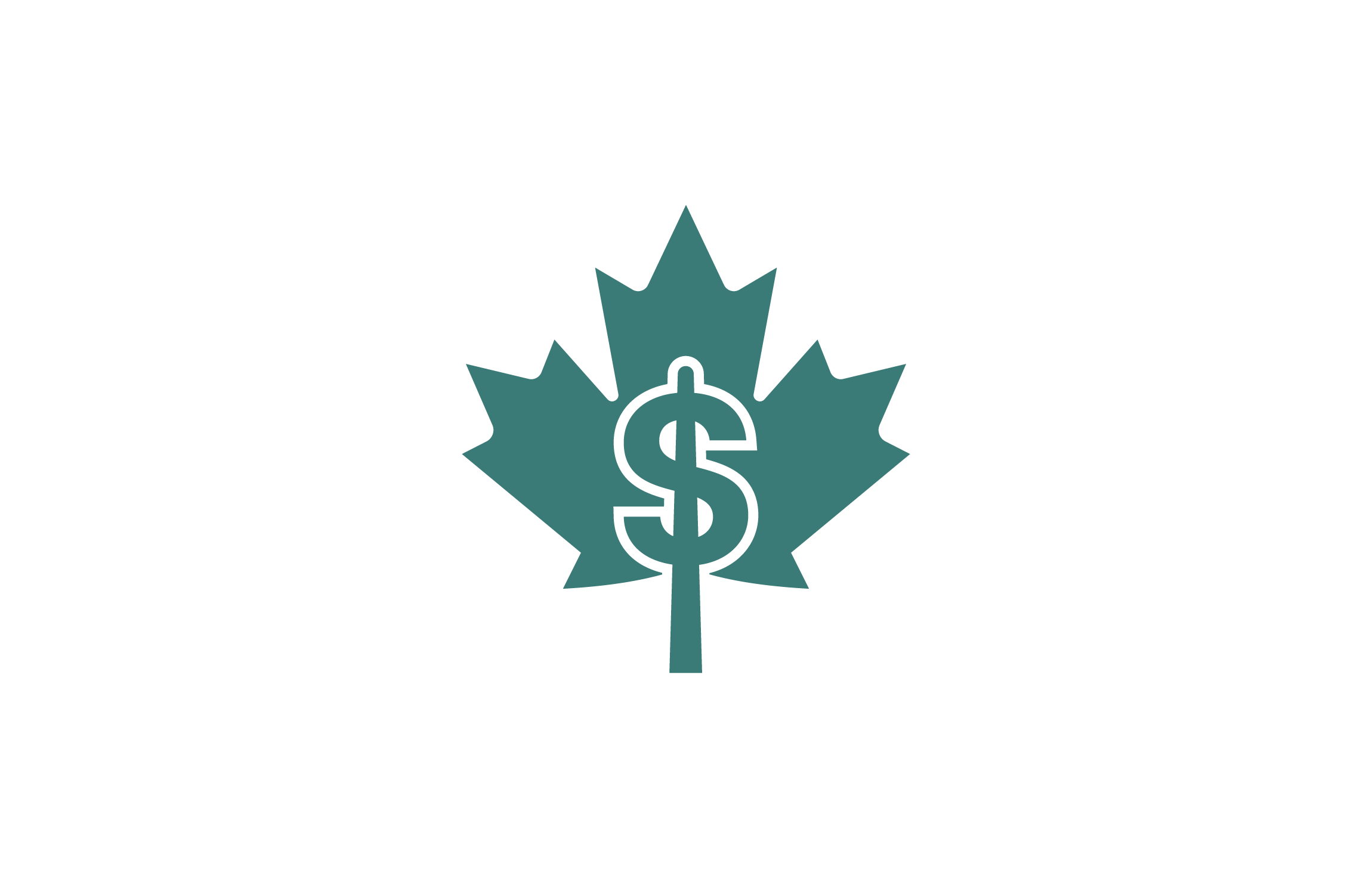Stock or equity is a security that represents the ownership of a fraction of a corporation. Stocks entitle owners to a portion of the assets and also to profit share, known as a dividend, in proportion to the units of shares they own in the corporation. A unit of a stock is called a share and stocks of public corporations are traded on the stock exchange.
Investors can buy stocks through online brokerage accounts; stockbrokers or brokerage platforms. Investors can also sell stocks in the corporation for more or less than what the investor paid for it, resulting in a capital gain or loss.
Types of Stocks You Can Buy
There are three major classes of stocks that we see relevant to this discussion: Individual Stocks, Exchange-Traded Funds (ETFs), and Mutual Funds.
- Individual stocks
Individual stocks include the Common and Preferred shares:
Common Shares:
These are ordinary shares held by investors. common shareholders are part-owner of the business. This gives them the following privileges:
- voting rights on matters relating to the company such as the election of the board of directors.
- claim on the company’s assets and profits (dividends). Though dividend payments are not guaranteed and if the company is experiencing challenges, the bondholders, preferred shareholders, and other creditors get paid first.
Preferred Shares:
Preferred shareholders own superior shares with a greater claim to profits/assets of the company. They are paid a fixed dividend amount per share and when the company goes bankrupt, preferred shareholders get paid before “common” shareholders.
However, preferred shares do not have the privilege of voting rights. Types of preferred shares include perpetual; convertible; rate resets; and floating rate.
- Exchange-Traded Funds (ETFs)
ETFs are passive investment products that hold a basket of stocks that mirrors an index, like the S&P/TSX Composite. Investors can buy them on margin, using leverage, or buy options on them. ETFs are usually cheaper than mutual funds and there are ETF Index-tracking platforms around the world that provide instant diversification and ease of tracking ETFs.
- Mutual Funds
Mutual Funds are investment pools of monies from a large group of investors. They can invest in a broad stock market index like the S&P/TSX Composite, or based on a specific mandate, like “oil and gas companies and major blue-chip companies in Canada.” It has the potential for above-average returns compared to the general stock market benchmark.
Most mutual funds are actively managed by portfolio managers who aim to provide an above-average return though it is billed by portfolio managers at higher fees than most ETFs.
Mutual fund investors are expected to buy or sell units of the fund directly with the fund company, not the stock market. Unlike stock and ETF prices which change throughout the trading day, a mutual fund’s unit price, called NAV (net asset value) is only calculated once a day after the markets close.
Steps to Become A Stock Investor
Step 1: Develop a Plan and Strategy
Investors need a financial plan and strategy to profit from the opportunities that are presented in the stock market and manage the associated risks. A potential investor needs to Identify his or her personal financial goals and lay the foundation for investing, this will determine the funds required to invest and the risk level to tolerate.
The potential investor must determine the funds available for investment. It is expected that younger people have a longer investment runway and can usually afford to take on more risk than those closer to retirement.
Step 2: Engage a Robo-Advisor
It’s a good idea to start investing with a Robo-advisor rather than investing independently. Robo-advisors use algorithms to automatically manage an investment portfolio.
The Robo-advisor decides how to invest the investor’s fund and allocate the assets based on his or her self-identified risk tolerance, financial goals, and time horizon. Robo-advisors are open to investors with less money to invest because they require no minimum investment fund.
Wealthsimple is an example of a popular Canadian Robo-advisor with no minimum investment amount. Once the investor has acquired enough investing education, then he or she can move on to trading independently via a self-directed online brokerage.
Step 3: Learn More About Investing
Every investor needs to understand the patterns and trends in market cycles; types of stocks that can be traded; Investment Diversification; Stock valuation Metrics; Trade Terminologies; Investor Discipline.
Step 4: Start Trading Independently
A Self-directed account with an online brokerage allows investors to independently construct their portfolios by choosing which securities they’d like to trade while the online broker platform facilitates the buying and selling of the securities.
It is important to note that the investor makes all the decisions about what to buy and sell. Online brokers typically don’t charge management fees; fees are often charged on a per-trade or commission basis and sometimes per quarter.
The most popular online broker in Canada is Questrade, which charges between $4.95–$9.95 for stock trades, depending on the number of shares traded, and doesn’t charge commission fees for purchasing ETFs.
Step 5: Engage a Financial Advisor
This option is for high-net-worth individuals keen on a stock investment, financial advisor will assess the risk tolerance and investment goals of investors, then build and execute an investment plan for the investor.
Choosing A Stock Investment Account
Canadians have the option to invest in stocks using registered or non-registered accounts for personal or business purposes. Notable investment accounts include:
Tax-Free Savings Account (TFSA): A TFSA offers an opportunity to invest and earn tax-free returns forever. Investors can use this account to save towards short- and long-term goals. Each year, the government advises Canadians who are 18 years or older a contribution limit. In 2021, the maximum amount that an investor can contribute to a TFSA saving or investing account is $6,000.
Registered Retirement Savings Plan (RRSP): An RRSP is used to save for retirement and it defers taxes on an investor’s earnings until he or she makes withdrawals. The regulatory authorities require investors to contribute 18% of their previous year’s income up to a maximum amount. For 2021, the maximum RRSP contribution limit is $27,830.
Registered Education Savings Plan (RESP): This investment account is used to save for a child’s post-secondary education. In addition to the investor’s contributions, the government provides up to $7,200 in free grant money.
How To Buy Stocks in Canada
- Buy Stocks Free Online
Investors can trade on stocks through Online brokerage platforms, the platforms vary from independent discount brokers to brokerage firms owned by the big banks.
However, Wealthsimple Trade is the only independent discount broker that is a commission-free stock trading platform. Compared to the $9.95 per trade charged by big bank discount brokerages, investors do not pay trading commissions when they buy or sell thousands of stocks or ETFs on Wealthsimple.
| S.N. | Wealthsimple Trade Offers | |
| 1 | Accounts available | Personal investment account, TFSA, and RRSP |
| 2 | Safety | The account is protected by the Canadian Investor Protection Fund (CIPF) |
| 3 | Minimum Investment | None |
| 4 | Trading Fees | No trading commissions ($0) |
| 5 | Additional Fees | Currency exchange fee applies to USD trades |
| 6 | Promotion | Get a $25 cash bonus when you open an account and deposit and trade at least $100 in stocks |
- Buy Stocks Online Through Independent Discount Brokers:
Questrade is a top Independent Discount Broker that has been offering brokerage services to Canadians since 1999. It offers low-cost trading in stocks, ETFs, options, Forex, and other investment products. Questrade is recommended for experienced investors because it offers: a customizable platform; access to advanced market data; and charting capabilities.
| S.N. | Questrade Offers | |
| 1 | Accounts available | Personal non-registered, TFSA, RRSP, RESP, margin, and corporate accounts |
| 2 | Safety | The account is protected by the Canadian Investor Protection Fund (CIPF) and private insurance |
| 3 | Minimum Investment | $1,000 |
| 4 | Trading Fees | 1 cent per stock; minimum $4.95 and maximum $9.95 per trade |
| 5 | Additional Fees | Commission fee – a minimum of $1,000 to start investing |
| 6 | Promotion | Get $50 in free trades when you fund your account with $1,000 min. and start trading |
- The Big Banks Stock Trading Platforms in Canada
Canada’s biggest banks all offer a stock trading platform for self-directed investors. Their fees are higher; however, discounts may be available if you are an active trader. The investor may also need to maintain a minimum account balance to avoid inactivity fees. Typical examples are:
- CIBC Investor’s Edge is the brokerage platform offered by the Canadian Imperial Bank of Commerce (CIBC). They charge the following fees:
Trading fees – $6.95 commission per trade (stocks). Students pay $5.95/trade and active traders (150+ trades per quarter) pay $4.95/trade.
Additional fees – a $100 annual fee if the registered account balance is $25,000 or less; or $10,000 or less for non-registered accounts.
- TD Direct Investing is the brokerage platform for TD Bank. They charge the following fees:
Trading fees – $9.99 per trade (stocks). Active traders with 150+ trades per quarter pay $7/trade.
Additional fees – Provided the investor’s account balance is less than $15,000, a $25 inactivity fee is charged per quarter.
- RBC Direct Investing is the brokerage division of the Royal Bank of Canada (RBC). The organization charges the following fees:
Trading fees – $9.95 commission per stock trade. Active traders pay $6.95 per trade.
Additional fees – $25 maintenance fee is charged every quarter if the investor’s account balance is less than $15,000.
- BMO Investor Line is a trading platform operated by the Bank of Montreal (BMO). The organization charges:
Trading fees – $9.95 fee per trade
Additional fees – $25 fee applies every quarter if the investor’s non-registered account balance is less than $15,000. For registered accounts, $100 is charged annually if the investor’s account is less than $25,000.
- Scotia iTrade is a division of Scotia Capital Inc. and is a part of the Bank of Nova Scotia (Scotiabank). The organization charges the following:
Trading fees – $9.99 per stock trade; Active traders (150+ trades per quarter) pay $4.99 per trade.
Additional fees – $100 annual fee when investor’s account balance is less than $25,000.
Final Note
Stock investment should be on every investor’s wealth-building strategy despite the risk factor, tax obligation, time constraint, inflation, and volatility. However, it’s very important that you consult an expert prior to trading any stocks.












